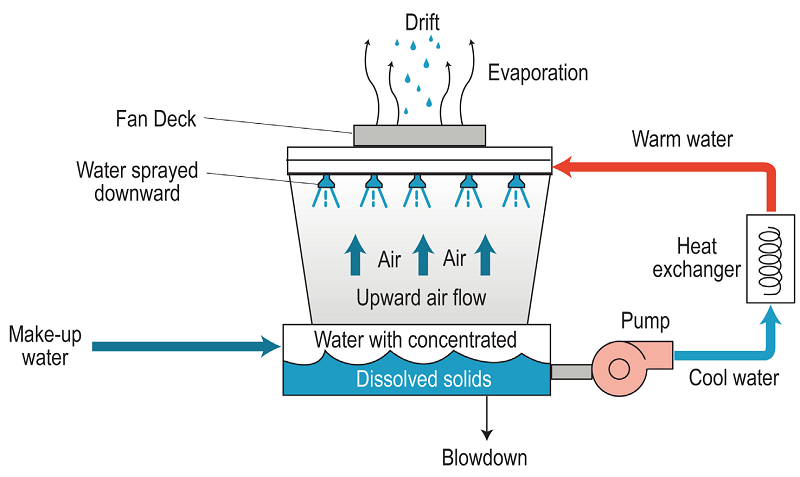As of this posting, NYC health officials have confirmed nearly a hundred infections in a legionella outbreak that has already claimed ten lives in the Bronx this summer. This outbreak appears to be linked to cooling towers in 5 buildings located in the South Bronx.
Legionnaires’ disease is caused by legionella pneumophila, a kind of bacteria that thrives in warm (but not hot) water, and is often spread through HVAC systems or showers. The illness is contracted by breathing in contaminated water vapor. Its symptoms resemble pneumonia, and it is often fatal. According to the U.S. Centers for Disease Control and Prevention, between 5% and 30% of those afflicted with the disease die.
Legionella has the potential to surface at any building. Many facilities harbor the bacteria in small quantities without issue, but maintaining proper standards and preventative maintenance can help lower risk of an outbreak.
Here are a few best practices that can help keep legionella at bay:
- Maintain anti-corrosion and scale prevention programs. Legionella thrives in scale and mineral deposits in water lines – especially warm water lines – so be sure that those lines remain clean. Use scale inhibitors where appropriate.
- Store domestic hot water at 140°F and deliver it at a minimum of 122°F. High temperatures effectively kill the bacteria. Unfortunately, even a few degrees below 122°F, legionella thrives and multiplies quickly, so it’s imperative that temperatures stay in a safe range.
- Install and maintain high-efficiency mist eliminators on cooling towers. According to early reports, it appears that those who contracted the disease were not in the impacted buildings at all, rather they were exposed to the mist that rained down to the street from the cooling towers.
- Regularly check the cooling tower for evidence of biofouling. Legionella often use common amoebae or protozoa as host organisms, so by controlling the overall microbiological population, you can inhibit legionella growth.
- Maintain stringent recording policies to ensure preventative measures are taken in a timely manner. This can include activities like cleanings, biocide addition, etc.

The Cooling Technology Institute has a detailed document that’s well worth your time to read: Legionellosis Guideline: Best Practices for Control of Legionella
Sad situations like these serve as stark reminders of the importance of the people tasked with keeping our buildings running. Maintenance crews, operators, and building engineers play a vital role in making any city work. You don’t just keep occupants comfortable, you keep them healthy and safe.
Mayor de Blasio has already said that new regulations regarding legionella are on the way, so we’ll update you when we learn more. What do you tell other engineers to do to keep legionella at bay? Share your advice in the comments.
Header Image credit: CDC/James Gathany (PHIL #: 7925)
Cooling tower diagram image: Dept. of Energy – Public domain
UPDATE(8/7): New York has ordered every building in the city with a cooling tower to “evaluate cooling towers within 14 days and, even if no contamination is found, to then disinfect and treat the tower. The only buildings that are exempt are those that can provide documentation of a similar inspection and cleaning in the past 30 days.” – from The New York Times



0 Comments